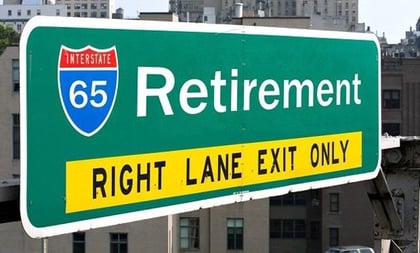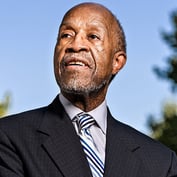In his 1998 book “The Prosperous Retirement,” Michael Stein wrote that as people begin to age and become less active, they scale back their discretionary spending. It is a key feature of what he called the “slow-go” stage of retirement.
Fast forward more than 20 years, and that observation still holds. Think about it: For a retiree in their 70s, weeks that were perhaps once consumed with eating out, multiple rounds of golf or trips to Home Depot are now far more likely to include downtime, less physical activity and more home-cooked meals.
For advisors with retiree clients, this can be a double-edged sword. On the one hand, any time a client spends less money, it’s naturally going to be easier for them to stay on track to meet all their goals. On the other, once they hit 70.5, they must take required minimum distributions (RMDs) from their qualified accounts, which even as they do not need that extra income could result in more significant tax liabilities.
How RMDs Create Complexity
Let’s imagine a hypothetical 71-year-old client who estimates he and his wife need about $75,000 annually for living expenses in retirement. They get $45,000 from Social Security, with the other $30,000 coming from a pension. Up until now, this has been a good arrangement because, as a married couple filing jointly, their tax obligations have been minimal at that amount of income.
However, things will soon become complicated because he also has a traditional IRA worth $700,000 that up to this point has gone untouched. Since he is over 70.5, he will be obligated to take an RMD from that account, which based on his age and the size of the IRA will be about $26,400, boosting their combined income to just over $100,000.









 January 31, 2020 at 01:20 PM
January 31, 2020 at 01:20 PM











